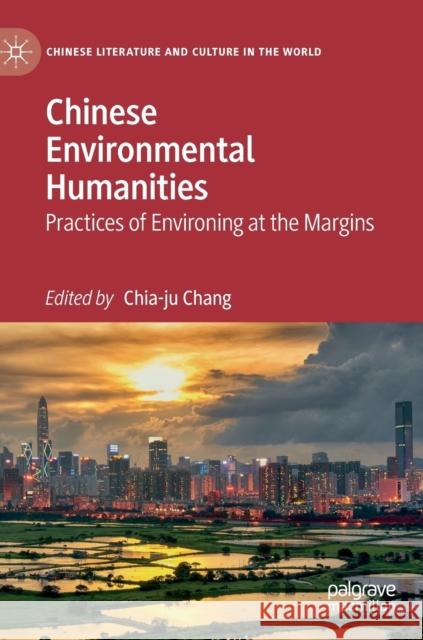Chinese Environmental Humanities: Practices of Environing at the Margins » książka
topmenu
Chinese Environmental Humanities: Practices of Environing at the Margins
ISBN-13: 9783030186333 / Angielski / Twarda / 2019 / 344 str.
Chinese Environmental Humanities: Practices of Environing at the Margins
ISBN-13: 9783030186333 / Angielski / Twarda / 2019 / 344 str.
cena 443,82
(netto: 422,69 VAT: 5%)
Najniższa cena z 30 dni: 424,07
(netto: 422,69 VAT: 5%)
Najniższa cena z 30 dni: 424,07
Termin realizacji zamówienia:
ok. 22 dni roboczych.
ok. 22 dni roboczych.
Darmowa dostawa!
Kategorie:
Kategorie BISAC:
Wydawca:
Palgrave MacMillan
Seria wydawnicza:
Język:
Angielski
ISBN-13:
9783030186333
Rok wydania:
2019
Wydanie:
2019
Ilość stron:
344
Waga:
0.59 kg
Wymiary:
21.34 x 15.49 x 2.79
Oprawa:
Twarda
Wolumenów:
01
Dodatkowe informacje:
Wydanie ilustrowane











